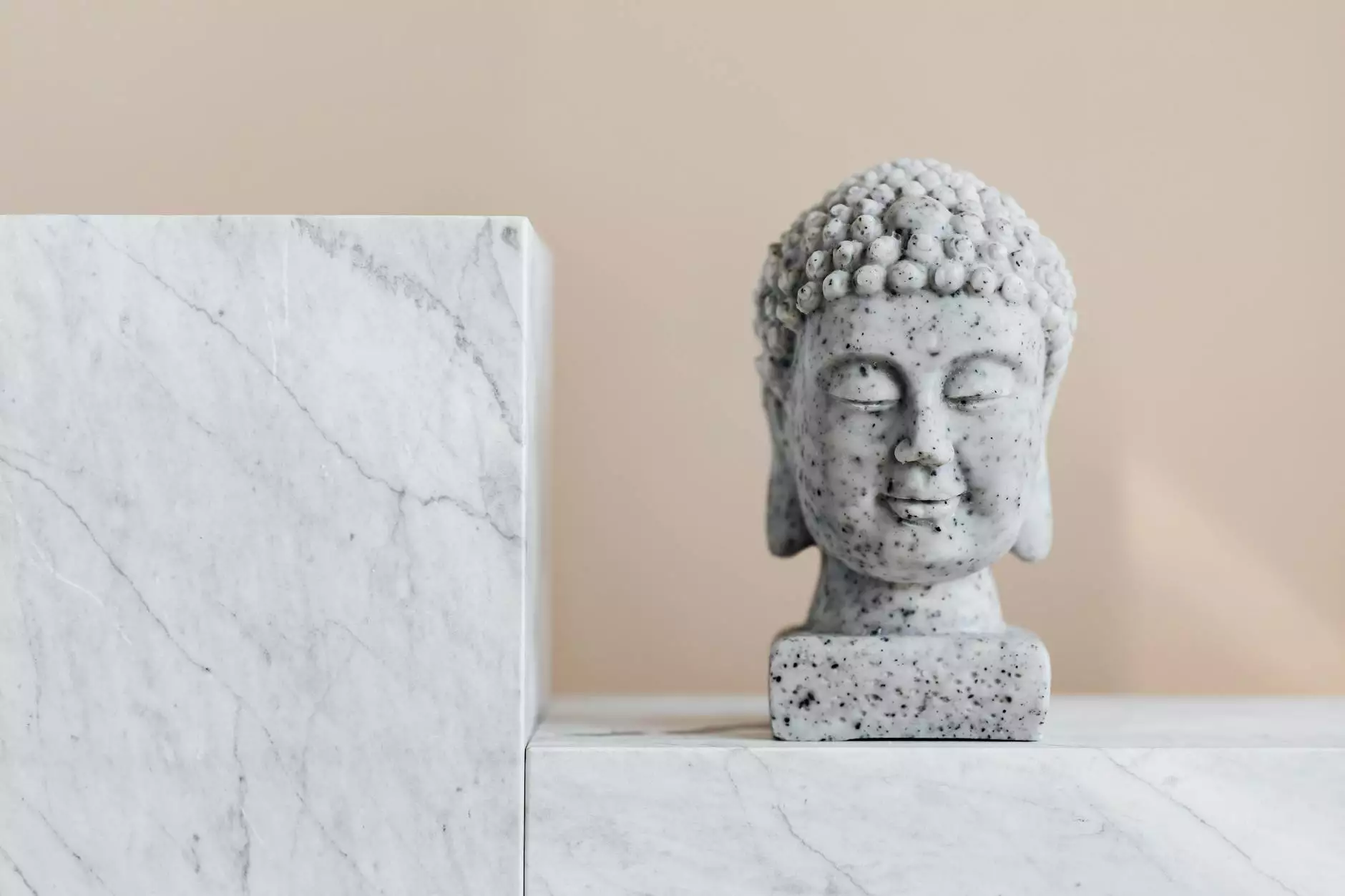Tai Chi History
Healthy Snacks
The Origins of Tai Chi
Tai Chi, also known as Tai Chi Chuan, is an ancient Chinese martial art that has gained worldwide popularity as a form of exercise and meditation. With its roots dating back to the 12th century in ancient China, Tai Chi was developed by a Taoist monk named Zhang Sanfeng. Legend has it that Zhang Sanfeng combined elements of martial arts, philosophy, and energetic principles to create the foundation of Tai Chi.
The Philosophy Behind Tai Chi
Tai Chi is based on the principles of Yin and Yang, the concept of opposites that create balance. This philosophy is incorporated into the movements and postures of Tai Chi, aiming to harmonize the body, mind, and spirit. The slow, fluid movements of Tai Chi are meant to cultivate inner energy, known as Qi, and promote a sense of inner peace and tranquility.
The Health Benefits of Tai Chi
Tai Chi is renowned for its numerous health benefits, making it a popular choice for individuals seeking alternative forms of exercise and pain management. Regular practice of Tai Chi can improve balance, flexibility, strength, and posture, while also reducing stress and anxiety. It has been found to be particularly beneficial for individuals with chronic pain conditions, such as arthritis or fibromyalgia.
Balance and Stability
One of the key aspects of Tai Chi is its emphasis on balance and stability. The slow, controlled movements help to strengthen the muscles and improve coordination, reducing the risk of falls and injuries. This makes Tai Chi an excellent exercise choice for older adults and those recovering from injuries.
Pain Management
Tai Chi has been shown to have a positive impact on pain management, providing natural relief for individuals suffering from various chronic conditions. The gentle, low-impact movements of Tai Chi can help alleviate joint pain, muscle tension, and improve overall mobility. The meditative aspect of Tai Chi also helps individuals develop a greater awareness of their body, allowing them to better manage pain and discomfort.
Mental Well-being
In addition to the physical benefits, Tai Chi also has a significant impact on mental well-being. The slow, rhythmic movements combined with deep breathing help to calm the mind, reduce stress, and improve overall mental clarity. Many individuals practice Tai Chi as a form of meditation, finding it a powerful tool for improving focus, reducing anxiety, and promoting a sense of inner peace.
Learning Tai Chi
Learning Tai Chi can be a rewarding and lifelong journey. There are various styles of Tai Chi, including Chen, Yang, Wu, and Sun, each with its own unique characteristics and movements. It is recommended to find a qualified instructor or join a Tai Chi class to learn the correct techniques and principles. With regular practice, individuals can experience the full range of benefits that Tai Chi has to offer.
Conclusion
Tai Chi, with its rich history and holistic approach, has become a popular practice for improving overall health and well-being. By exploring the origins, philosophy, and health benefits of Tai Chi, individuals can gain a deeper understanding of this ancient martial art and apply its principles to enhance their own physical and mental wellness. Incorporating Tai Chi into your daily routine can lead to improved balance, pain management, and a greater sense of inner peace. Start your Tai Chi journey with Pain Cream Advisors, your trusted source for health and wellness information.










